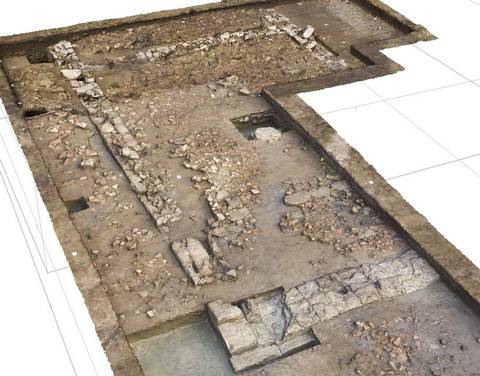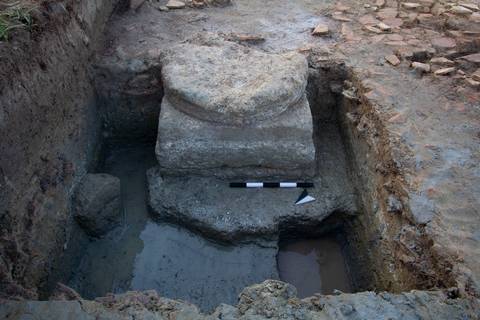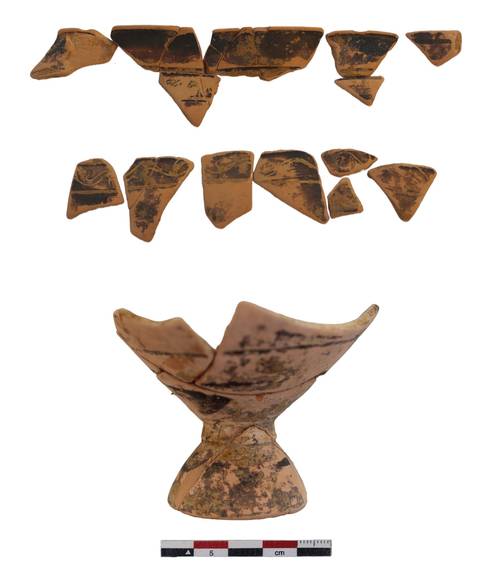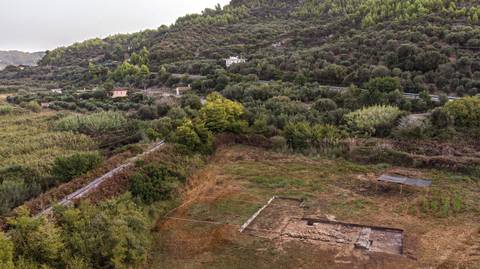On a hilltop in Greece, archaeologists unearthed a massive set of ruins. The ruins — which began turning mythology into history — are unlike any others.

A joint team of Greek and Austrian archaeologists are midway through a five-year project to study the lost ancient city of Samikon in southwestern Greece, the Greek Ministry of Culture and Sports said in a Jan. 21 news release.
Early on in the project, researchers discovered a large set of ruins they identified as a sanctuary of Poseidon. The ruins matched the location of an important — but long-lost — sanctuary described in an ancient Greek text, Geographica.
Poseidon, god of the sea, was a key figure in Greek mythology. His weapon — and primary symbol — was a trident.
Excavations of the temple ruins revealed the building was larger than archaeologists initially thought, the ministry said. The structure is over 90 feet long and about 30 feet wide.
The 2,600-year-old building had two main rooms and a smaller third room, archaeologists said. The layout was unusual for a temple and had no exact parallel.

Ancient visitors could have worshiped two deities at the temple, or one large room could have served a non-religious purpose, such as a public hall, the ministry said. Archaeologists don’t know the function of the different spaces.
Even still, artifacts found inside the ruins indicate it was part of a sanctuary to Poseidon, the ministry said.
Archaeologists found the bases of several columns, fragments of a wine cup often used in rituals and part of a marble water basin typically used in ancient Greek sanctuaries for ritual washing. Photos show some of these artifacts.

Excavations also revealed the building was constructed in the sixth century B.C. and reconstructed again around the third century B.C., archaeologists said. During the reconstruction, the old roof tiles were reused as the new floor.
Excavations are ongoing. Samikon is in modern-day Samiko, about 120 miles west of Athens.


